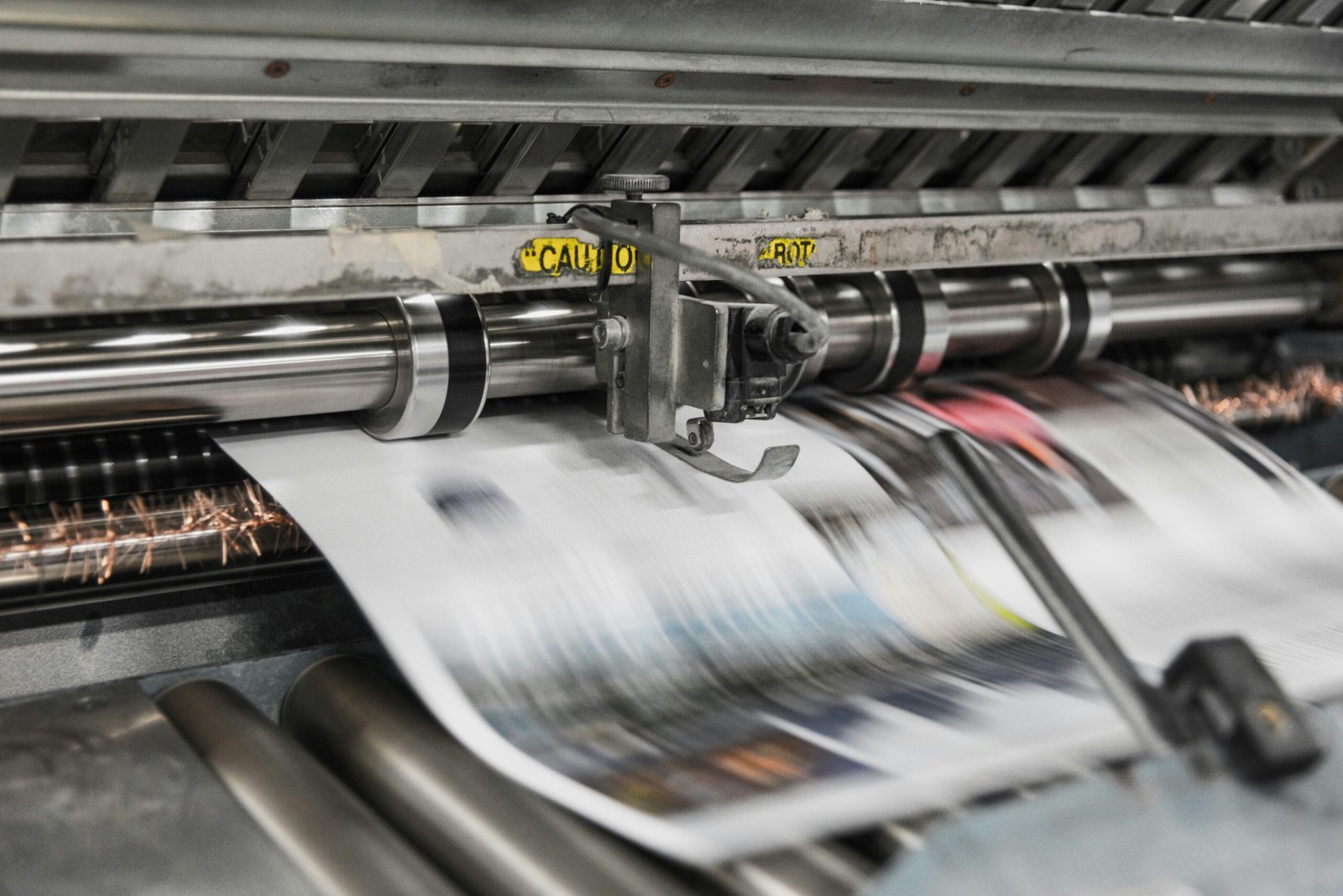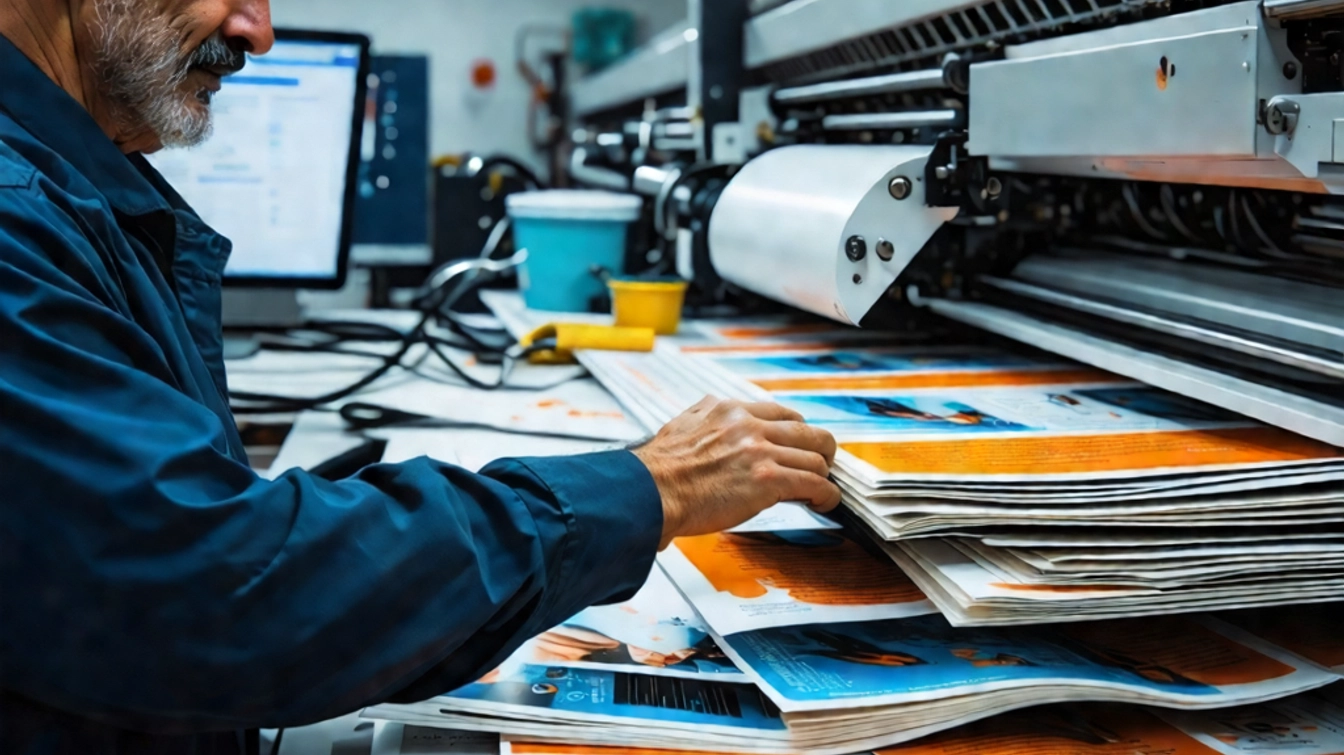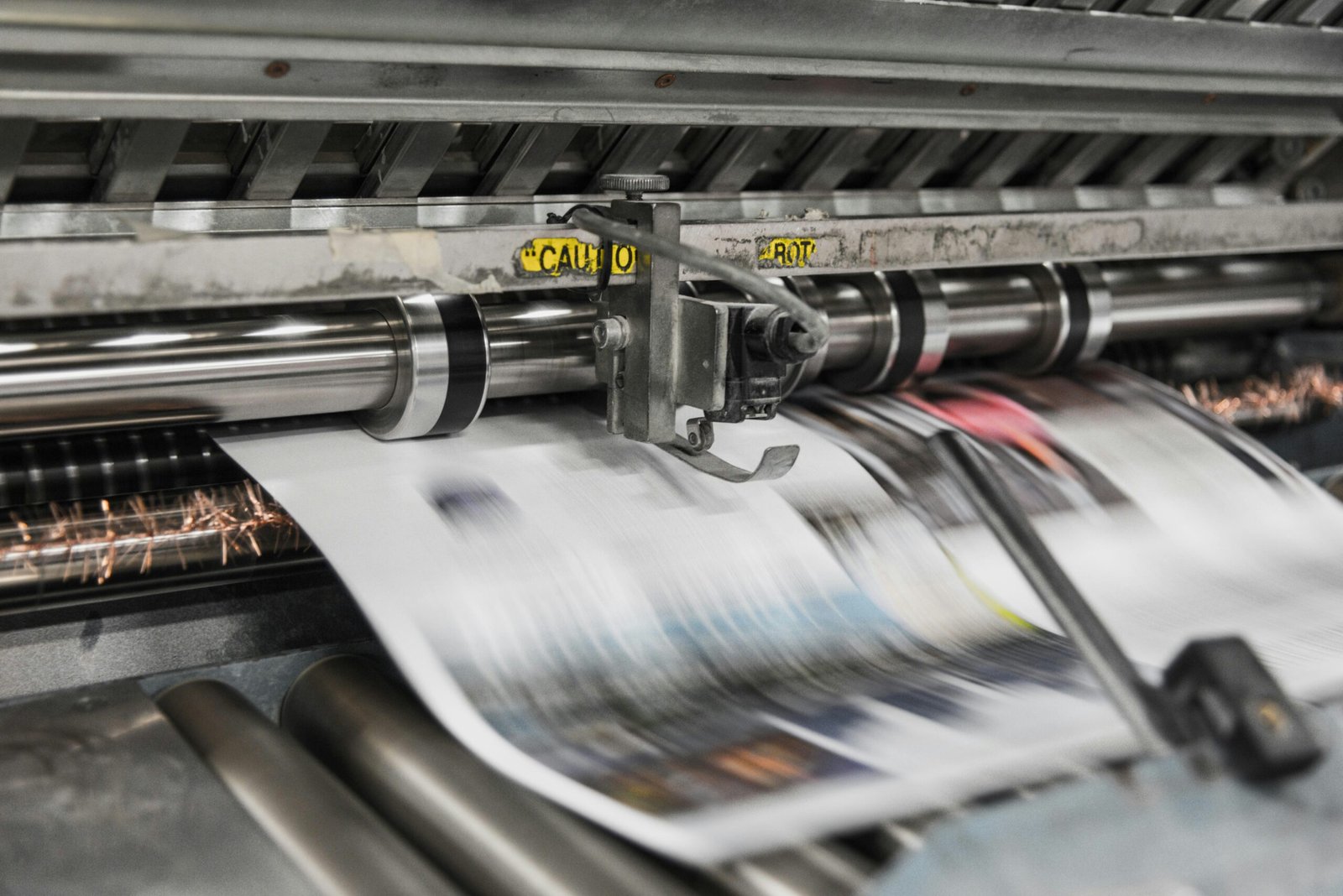
Understanding the Basics of Rush Printing
Rush printing refers to the expedited production and delivery of printed materials, often to meet tight deadlines or unexpected demands. This service is particularly valuable for businesses that find themselves in situations requiring immediate access to promotional materials like flyers, brochures, or posters. The need for rush printing can arise from various scenarios, including last-minute events, emergency promotions, or unforeseen marketing opportunities that demand rapid response actions.
For instance, a business might discover an opportunity to participate in a trade show shortly before the event, necessitating the preparation of marketing materials at a rapid pace. Additionally, last-minute changes in marketing strategy can cause companies to require immediate printed materials to communicate their revised messages effectively. These situations underline the importance of having a reliable rush printing service in place that can respond to urgent requests without compromising on quality.
While speed is a critical element of rush printing, quality should not be overlooked. Businesses must strike a balance between rapid turnaround times and the aesthetic appeal of the printed items. High-quality prints that are visually engaging often yield better results and reflect positively on the brand. To maintain this balance, it is vital for businesses to choose a printing service that has experience and a reputation for producing high-quality work efficiently.
Several key factors influence the rush printing process, including turnaround times and pricing variations. Typically, the quicker the turnaround, the higher the cost due to the additional resources required to expedite production. Companies must weigh their urgency against the budget while ensuring they receive the best value for their investment in rush printing services. Understanding these fundamentals helps businesses make informed decisions in selecting rush printing options that best meet their needs.
Design Tips for Eye-Catching Marketing Materials
Creating visually appealing marketing materials such as flyers, brochures, and posters requires a keen understanding of design principles, especially when working under tight deadlines. The selection of an appropriate color palette is paramount, as colors evoke emotions and can influence the effectiveness of your material. Opt for a color scheme that aligns with your brand identity and evokes the desired response from your target audience. Tools such as Adobe Color can assist in generating harmonious color combinations that enhance overall design.
The choice of font is equally crucial. Aim for readability by selecting fonts that are clear and complement one another. A combination of a bold typeface for headings and a simpler font for body text often yields the best results. Ensure the font sizes are varied yet balanced, maintaining a hierarchy that guides the reader through the material. Consistency in font choices across different marketing materials strengthens brand recognition and enhances professionalism.
Layout matters significantly in design. Employ grid systems to organize content in a visually appealing manner, ensuring adequate white space to avoid overcrowded designs. Templates can greatly expedite the design process; however, customize these templates to reflect your unique brand personality. Using design software such as Canva or Adobe InDesign allows for rapid development while still adhering to professional standards.
It is also vital to be aware of common design mistakes that can occur under pressure. Avoid clutter by limiting the number of elements and focusing on a clear message. Ensure that images used are of high quality, as poor quality can detract from the overall appeal. By maintaining consistency in branding across all materials and avoiding haste in decision-making, one can ultimately create effective and striking marketing materials that stand out in any context.
Best Practices for Effective Copywriting
Creating compelling copy for printed materials like flyers, brochures, and posters is essential to capture the attention of the audience swiftly. The first step in effective copywriting is crafting persuasive headlines. A strong headline should be engaging and informative, providing a clear indicator of the content that follows. Utilize active voice and direct language to resonate with readers. For instance, instead of saying “Our service helps you save money,” you could opt for a headline like “Save Money Today with Our Services.” This approach establishes immediacy and relevance.
Following an impactful headline, clear calls to action (CTAs) play a pivotal role in directing the audience’s next steps. A well-defined CTA encourages engagement by explicitly stating what the reader should do next, such as “Visit our website,” “Call now for a discount,” or “Sign up for updates.” Using action-oriented language creates a sense of urgency, prompting timely responses that can lead to increased conversions.
Conciseness is another crucial aspect of effective copywriting. Given that printed materials often serve as a quick source of information, it is important to prioritize the most relevant information according to the audience’s needs and interests. Start with the most compelling points, gradually leading to secondary details that support the main message. This approach ensures that the essential message is not lost amidst extraneous information.
Testing the effectiveness of your copy is equally important. Strategies like conducting peer reviews or implementing quick surveys can provide valuable insights. Gather feedback on the clarity and impact of your message, which can help to refine your content. By regularly evaluating and adapting your copy based on audience reactions, you can enhance the overall effectiveness of your printed materials, ensuring they resonate with those who encounter them.
Final Considerations and Printing Logistics
When engaging in rush printing for flyers, brochures, or posters, careful attention to logistics is essential to ensure a successful outcome. Selecting the appropriate printing service that aligns with your timeline and quality expectations is paramount. Researching various printing companies is advisable, as not all offer the same capabilities for expedited services. Look for printers that specialize in quick turnaround times and have a reputation for producing high-quality materials. Additionally, confirm that they support the specific formats required for your marketing materials.
Coordinating effectively with your chosen printing service will facilitate a seamless experience. Clear communication regarding deadlines and requirements is vital. Provide detailed specifications, including dimensions, paper type, color preferences, and design elements. Miscommunication can easily lead to misunderstandings and potential delays, jeopardizing your project’s success. Establish a timeline for each phase of the printing process, including design finalization and delivery schedules, to ensure all team members are aligned.
One of the most common pitfalls in rush printing is neglecting the proofing process. Always allocate time for reviewing and approving final designs before sending them to print, even under tight deadlines. This step is critical to catch any errors that may have been overlooked, including typos or visual inconsistencies, as these can affect the overall impression of your materials. Utilize digital proofing options, if available, to expedite the review process while ensuring accuracy.
In incorporating these logistical best practices, you can navigate the challenges of rush printing effectively. Keeping a focus on quality and communication throughout the process will ultimately help realize your vision, even when timelines are compressed, resulting in impactful marketing materials that resonate with your target audience.




